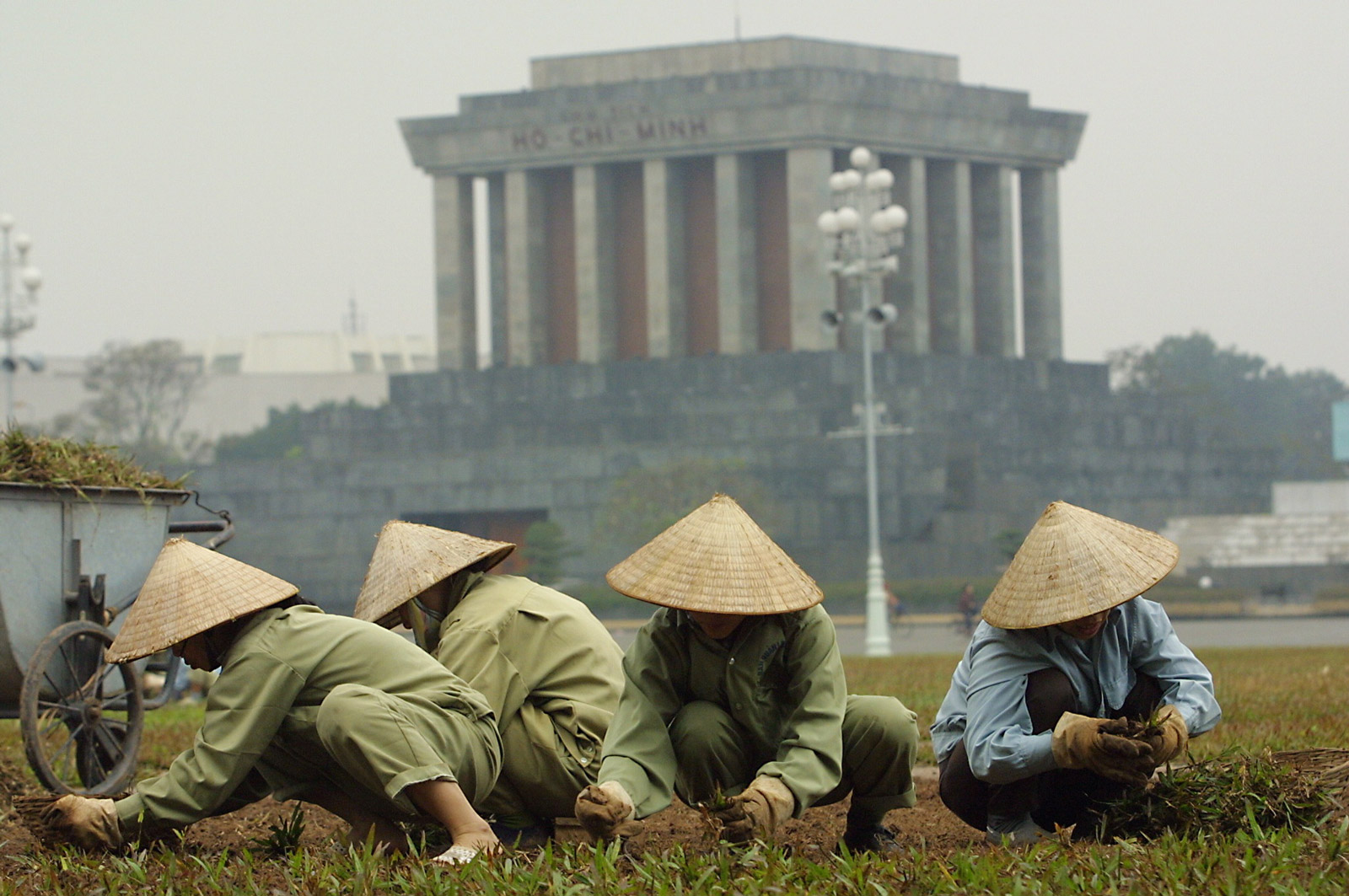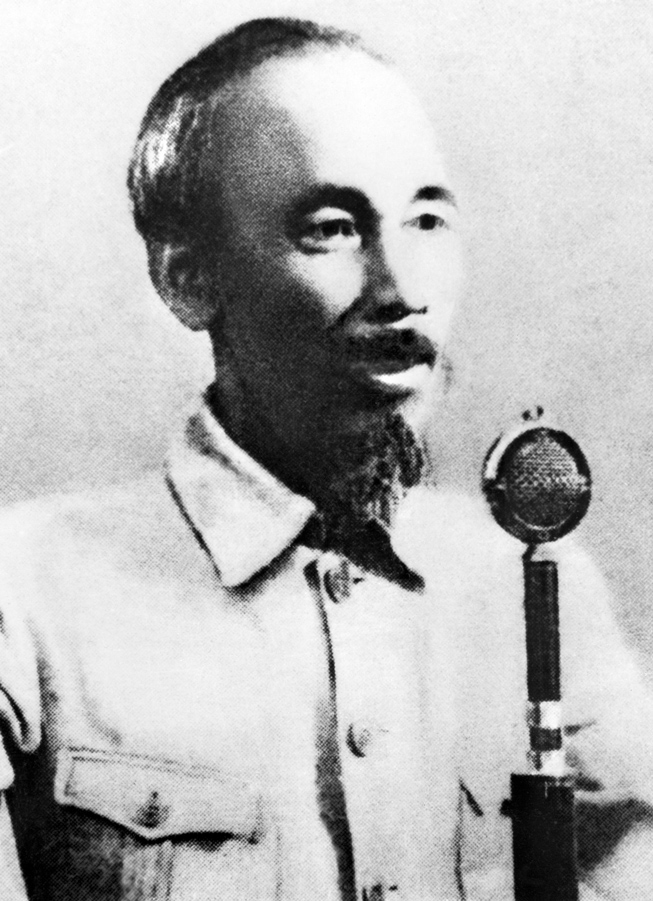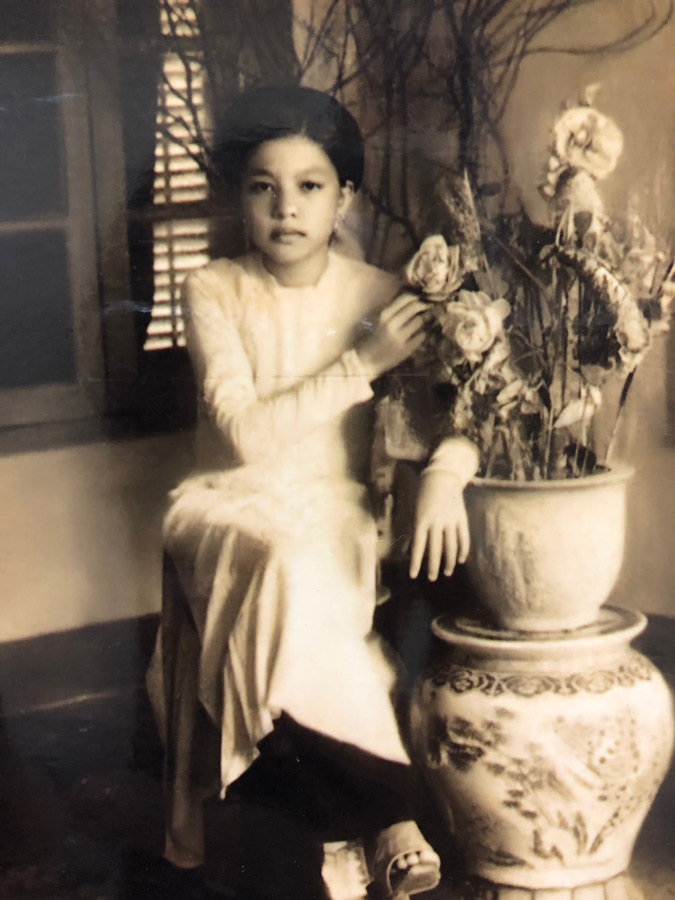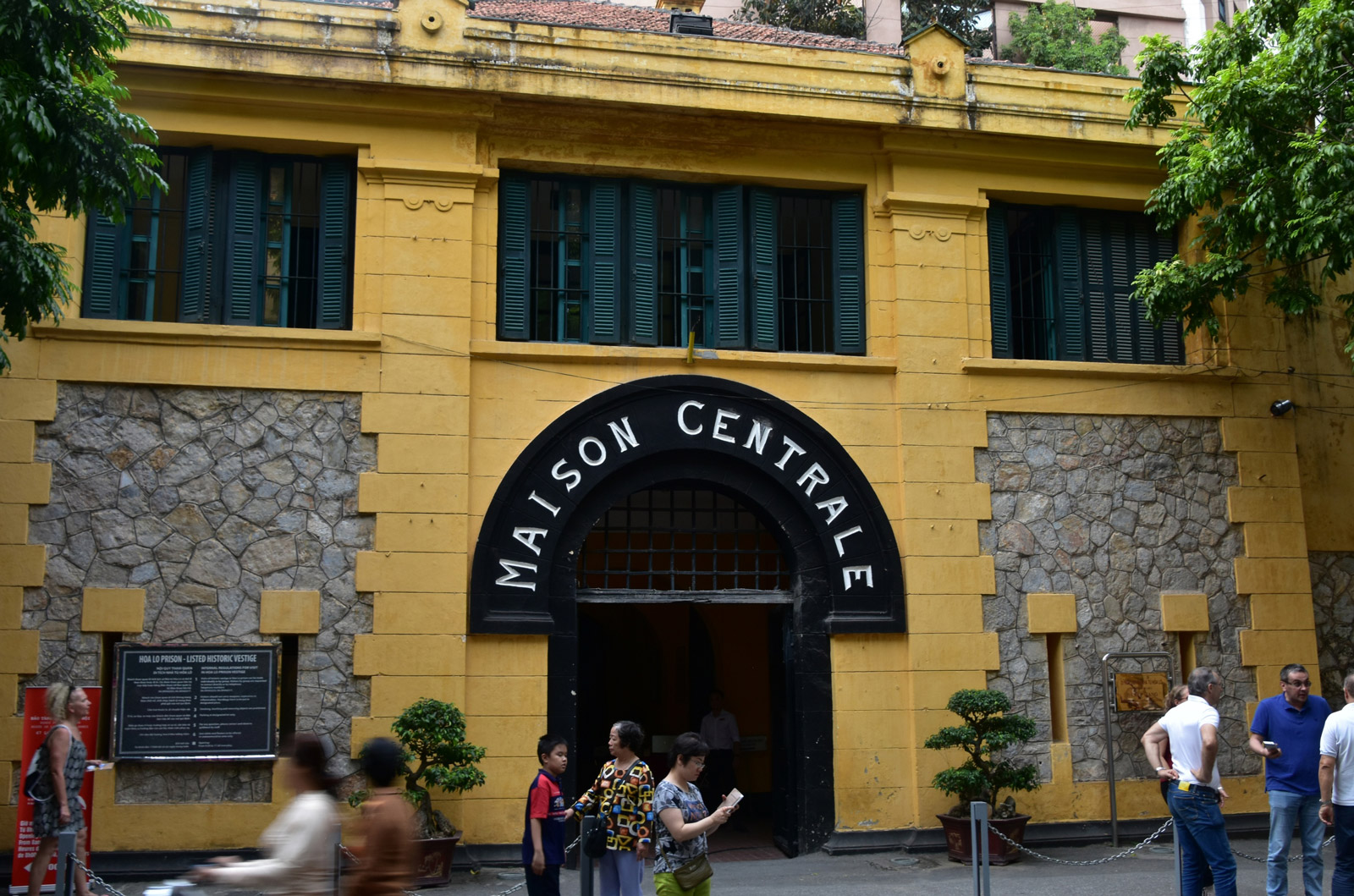There’s a prison at the heart of every story of Vietnam’s revolution. They’re in every memoir of Communist Party leaders, and eventually every school curriculum in the country. For former prisons like Hoa Lo in the centre of Hanoi, they became symbols of Vietnam’s new beginnings.
American POWs gave it the ironic title the ‘Hanoi Hilton’. Before that, it was known as Hoa Lo – ‘the Oven’ or ‘Fiery Furnace’ or the slightly looser translation ‘Hell’s Hole’. When the French were still in charge, the prison was ‘Maison Centrale’, or, ‘Central House’.
Throughout the first half of the 1930s, and again in the 1940s, like many Indochinese prisons, Hoa Lo became a breeding ground for an anti-colonial, communist movement.
Hoang Thi Lien was just 14 when she found herself inside its decaying mustard yellow walls. She was a young agent in Ho Chi Minh’s anti-French and anti-Japanese resistance group, the Viet Minh.
She returned again in January 2019, this time as a guest – she’d visited the prison a few times since her initial stay as an inmate, this would prove to be her last, passing away soon after. As she’s wheeled into a long, hollow, dark room populated by wooden prisoner mannequins, she repeatedly cries out in an emotive, wailing declaration: “This is where they put me!”
As they took her away, they said, ‘Đù má mày‘, or, ‘fuck you’
Hoang’s father, Hoàng Ninh, was a resistance fighter – a soldier martyred fighting the French. Her brothers signed up too. But, as a fourteen-year-old girl, Hoang’s role was closer to intel.
Back in 1945, Hoang was walking the streets of Hanoi’s Old Quarter, skirting around Hoan Kiem Lake, with the fragrant smell of sticky rice trailing behind her. She was selling rice wrapped in lotus leaves for her mother, whilst smuggling messages inside the little green parcels.
French officers eventually got wind of her operation, and, in all of their colonial police attire, with broken Vietnamese, caught young Hoang. As they took her away, they said, “Đù má mày”, or, “fuck you”.
Hoa Lo greeted her with an overcrowded cell, where prisoners wasted away shackled in a line by their ankles, with just enough room to lay down and a blanket of humid Hanoi heat draped over them. A meal consisted of watery soup and bread, and barely enough clean water to drink.
For a harrowing month in 1945, every day the small figure of a girl was marched down to a tank of water, dipped and thoroughly soaked, then put into an electric chair. Every day she was interrogated like this and, every day, Hoang Thi Lien refused to surrender information. As revolutionary fervour continued to grow against the occupying French and Japanese rulers and the Viet Minh’s authority spread, she was eventually released.
It was that same kind of brutal treatment inside the prison walls of Hoa Lo, and prisons across what is now modern-day Vietnam, that united the founding fathers of the Indochinese Communist Party (ICP) in the first half of the 1930s, and later contributed to the rise of the Communist Party of Vietnam in the 1940s.

Mass incarceration began to further entrench the Communist Party of Vietnam’s Leninist leanings, where shared incarceration created unbreakable bonds
None of this was unknown to the French, whose officials in the 1930s had already, perhaps ill-advisedly, started to refer to Indochinese prisons as “schools for communism” as the number of inmates skyrocketed.
Mass incarceration began to further entrench the Communist Party of Vietnam’s Leninist leanings, where shared incarceration created unbreakable bonds.
Hoa Lo was only ever meant to hold 450 inmates but, as the French arrested an increasingly large number of political prisoners, around 2,000 people were soon held behind its iron bars. The massive room that Hoang recognised was a crowded, cruel and demeaning place, but also created bonds between prisoners who shared their tortured experiences and growing ideological vigour.
Peter Zinoman in his book The Colonial Bastille: A History of Imprisonment in Vietnam 1862-1940 called these rooms “an institutional mainspring for the development in Indochina of a modern political identity”.
Truc, a communist labour organiser referenced in Van Tan’s prison memoir Study, Study, Study to Work Effectively for the Party, explained like this: “When I was in Laos, I agitated secretly but I had no idea what communism was. Only after I was imprisoned in Hoa Lo and had the opportunity to read books and study did I understand the correct way of communist struggle. When I think back to the months in Hoa Lo, the time seems so precious. It is only thanks to my months in Hoa Lo that I know something of revolutionary theory.”
These schools for communism, the product of colonial oppression, would eventually gather enough momentum to form a successful uprising against French and Japanese colonial rule. Part of that was fuelled by the inmates themselves, freed when the revolutionary forces of the Viet Minh began to break into prisons and release thousands of political prisoners in the August Revolution of 1945.
Soon after, on 2 September, Ho Chi Minh, himself a former prisoner and author of the Notebook from Prison, would stand in Hanoi’s Ba Dinh flower garden, today Ba Dinh Square, and read aloud the Proclamation of Independence of the Democratic Republic of Vietnam to half-a-million people.


Once the colonial era ended, prison time became an essential badge of honour for those who wished to climb the party ladder, with a whole host of party leaders flogging their prison memoirs. But many stories of average citizens, like Hoang, were never told.
When Hoang managed to leave the prison, she was, on the face of it, relatively unscathed. But, as time went on, the extent of the daily electrocutions became apparent. Over the years, she gradually began to lose her teeth – in the end, she had just four remaining.
In January last year, Hoang was being wheeled around the prison by her granddaughter. It was cold inside, so hats, large jackets and blankets draped over legs were a must.
Hoang was back at the prison for what would prove to be her final visit. Now a museum, she was surrounded by historic relics alluding to the building’s pockmarked history – an old French guillotine and the flight suit of Senator John McCain, a POW at the prison himself for six years in the 1960s during the American War.
The museum has one new exhibit, a plaque to commemorate the former prisoners of Hoa Lo. Among a long list of names it reads ‘Hoàng Thị Liên’, as well as her secret agent pseudonym, ‘Nguyễn Thị Dậu’.
Each year, on Independence Day of Vietnam on September 2, Hoa Lo’s political prisoners return to receive commendation for their revolutionary efforts. Every year the lineup gets smaller, and for the second year in a row, it didn’t include Hoang.


